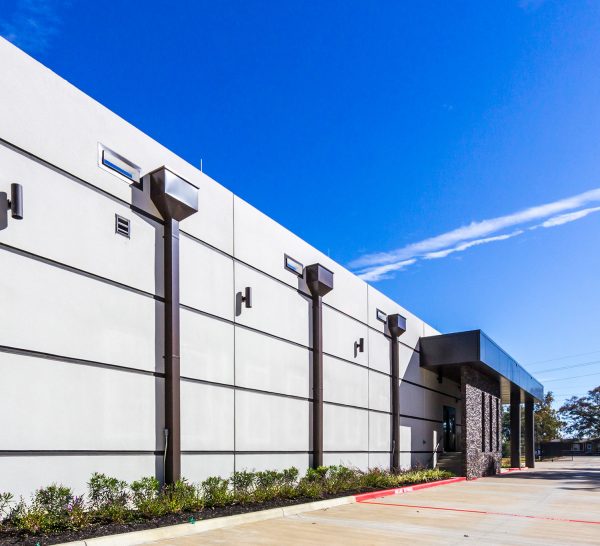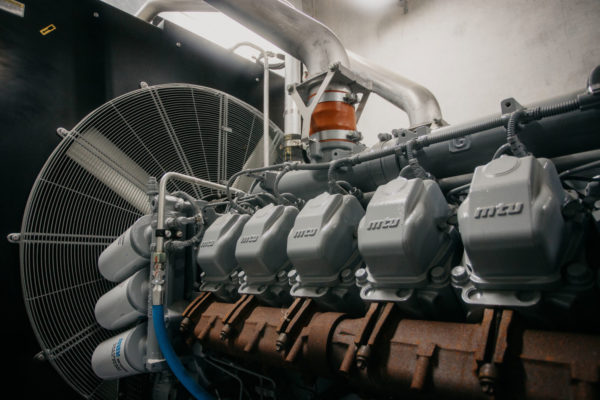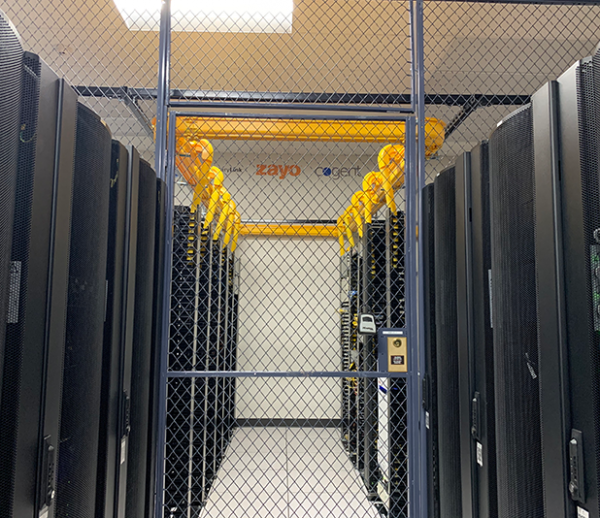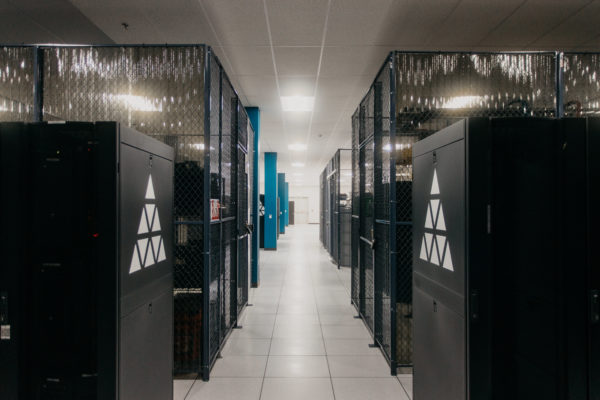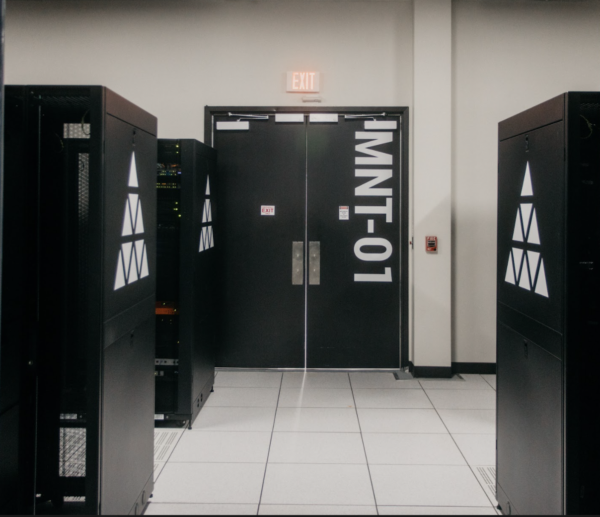Fiber optic cables keep modern networks running, but choosing between single mode and multimode fiber isn’t as simple as it seems. You’ll find endless comparisons online, but most miss the bigger picture—your specific needs dictate the right choice. Are you building for long-haul speed and reliability or cost-effective, short-range efficiency? Let’s cut through the noise and break it down.
What Makes Fiber Optics Superior?
Fiber optic cables move data as light pulses through strands of glass or plastic. Unlike copper cables, which rely on electrical signals and suffer from interference, fiber optics offer higher speeds, greater bandwidth, and longer transmission distances. Whether you’re running a data center, enterprise network, or telecom infrastructure, fiber optics are the foundation of high-performance connectivity.
Copper, once the backbone of networking, is rapidly being phased out. Most data centers no longer support copper connections, and very few carriers offer it as an option. The ones that do are dwindling. Finding a provider that still supports copper is becoming harder by the day. You can use a converter but if your network still relies on copper, you’re running on borrowed time.
The key decision isn’t whether to use fiber—it’s which type. Single mode and multimode fiber each serve distinct purposes, and using the wrong one can cost you time, money, and efficiency.
Core Differences: Single Mode vs Multimode Fiber
The core—the part of the fiber where light travels—defines the fundamental differences between single mode and multimode fiber. Single mode fiber (SMF) has a tiny core, about 9 micrometers in diameter. This small size forces light to travel in a single path, reducing distortion and allowing for ultra-long-distance transmission.
Multimode fiber (MMF) has a larger core, typically 50 to 62.5 micrometers. This extra space allows multiple light paths (or modes) to travel simultaneously, increasing data capacity but also introducing modal dispersion. This distortion limits transmission distance compared to single mode fiber.
In simple terms, SMF is built for distance and precision, while MMF trades range for affordability and ease of use.
How Core Size Affects Performance
The way light moves through the core affects how far and how fast data can travel. Single mode fiber’s single light path eliminates modal dispersion, meaning signals stay strong over long distances. That’s why telecom companies and large-scale network providers rely on SMF for cross-country and undersea data transmission.
Multimode fiber’s multiple light paths create interference over distance, limiting its effectiveness. While MMF can handle high data rates, its reach is restricted—typically within 2 kilometers or less. This makes it ideal for short-range networking inside buildings, data centers, and campus environments.
Wavelengths and Transmission Distance
Light travels at different wavelengths depending on the fiber type. Single mode fiber operates at 1310 nm and 1550 nm, wavelengths optimized for minimal loss over long distances. These longer wavelengths require laser-based transmitters, which are more expensive but necessary for high-precision data transfer.
Multimode fiber typically uses 850 nm and 1300 nm wavelengths, which work well for shorter distances but experience greater signal loss over time. These shorter wavelengths allow MMF to use cheaper LED or VCSEL light sources, making it a cost-effective choice for short-haul applications.
For any network requiring transmission beyond 5 kilometers, single mode fiber is the only practical option. If your network stays under 2 kilometers, multimode fiber provides a balance between performance and affordability.
Bandwidth and Speed: Which One Delivers?
Bandwidth is a major factor in fiber selection. Single mode fiber provides virtually unlimited bandwidth because its single light path prevents interference. It supports the fastest speeds over the longest distances, making it essential for high-capacity networks, long-haul connections, and internet backbones.
Multimode fiber offers high speeds—up to 100 Gbps in some configurations—but modal dispersion limits its range. While it works well in data centers and local networks, it can’t match single mode’s performance over longer distances.
If you need future-proof speed and scalability, single mode fiber wins. If you’re optimizing for short-range, high-speed connections at a lower cost, multimode fiber holds its ground.
Cost Considerations: Upfront vs Long-Term Investment
Cost plays a major role in fiber optic decisions. Single mode fiber itself isn’t significantly more expensive than multimode, but the associated equipment—especially laser-based transmitters—adds to the total investment. This upfront cost makes SMF less appealing for smaller networks that don’t require long-distance capabilities.
Multimode fiber is cheaper because it can use LED and VCSEL light sources, which are more affordable than the lasers required for single mode. Installation is also simpler, reducing labor and equipment costs.
However, long-term costs can flip the equation. Because single mode fiber is more scalable and supports higher speeds over longer distances, it often proves more cost-effective in the long run. If your network needs to expand or handle increasing data loads, starting with single mode fiber could prevent costly upgrades later.
Color Coding: How to Identify Fiber Types
Most fiber optic cables follow industry-standard color coding for quick identification. Single mode fiber typically has a yellow jacket, while multimode fiber is often orange (OM1, OM2) or aqua (OM3, OM4). These colors help technicians distinguish between fiber types during installation and maintenance.
If you’re dealing with an existing network, checking fiber colors can prevent costly misconfigurations. Mixing SMF and MMF without proper compatibility leads to connection failures and performance issues.
Where Each Fiber Type Works Best
Single mode fiber is designed for applications requiring long-distance, high-bandwidth transmission. It’s the backbone of telecom networks, internet infrastructure, and any setup where reliability over vast distances is critical.
Multimode fiber thrives in controlled environments where distances are limited. It’s the go-to choice for data centers, local area networks (LANs), and enterprise environments that need cost-effective, high-speed connectivity within a confined space.
If you’re setting up a corporate network within a single facility, multimode fiber is an efficient and affordable solution. If your network spans cities or requires future scalability, single mode fiber is the smarter long-term investment.
Fiber Optics vs Copper: Why Fiber Wins
Fiber optics outperform copper cables in nearly every category. Fiber supports higher speeds, longer distances, and greater security. It’s immune to electromagnetic interference, unlike copper cables, which suffer from signal degradation.
Copper is also becoming obsolete. Most data centers no longer support it, and finding a carrier that still offers copper-based connections is increasingly difficult. The few that remain are fading fast. If your infrastructure still depends on copper, expect higher costs, more limited options, and a forced transition to fiber sooner rather than later.
Making the Right Choice
Choosing between single mode and multimode fiber isn’t just about specs—it’s about aligning fiber capabilities with your network’s demands. If your infrastructure needs long-distance, high-capacity connections, single mode fiber is the clear winner. If you need fast, reliable, and cost-efficient connectivity for short distances, multimode fiber makes sense.
Consider your network’s growth potential. Investing in the right fiber type from the start can save you from expensive upgrades and downtime later.
Looking for colocation?
For an unparalleled colocation experience, trust our expert team with three generations of experience

